BIPARTISAN POLICY CENTER
Rising sea levels, greater weather variability, and more extreme weather events like hurricanes, permafrost thawing, and melting Arctic sea ice are just some of the important changes that will impact transportation networks and infrastructure. Coastal areas are particularly vulnerable. A large portion of the nation’s transportation infrastructure is in coastal zones: nearly half of the U.S. population lives within fifty miles of the coast, and many roads, rail lines, and airports were built at or near water’s edge to take advantage of available right-of-way and land. Increasingly intense storm activity and surges, exacerbated by rising sea levels, are putting an ever-increasing range of this coastal infrastructure at risk…
View this complete post...
Tags: bipartisan policy center, National Transportation Policy Project, Rockefeller Foundation
Posted in
Bipartisan, Buses, Climate Change, Competitiveness, Green, High Speed Rail, Highway, Infra Views, National, Policy, Pollution, Public Transportation, Rail, Smart Growth, Sustainability, Transit, Urban Planning
Comments Off on Transportation Adaptation to Global Climate Change
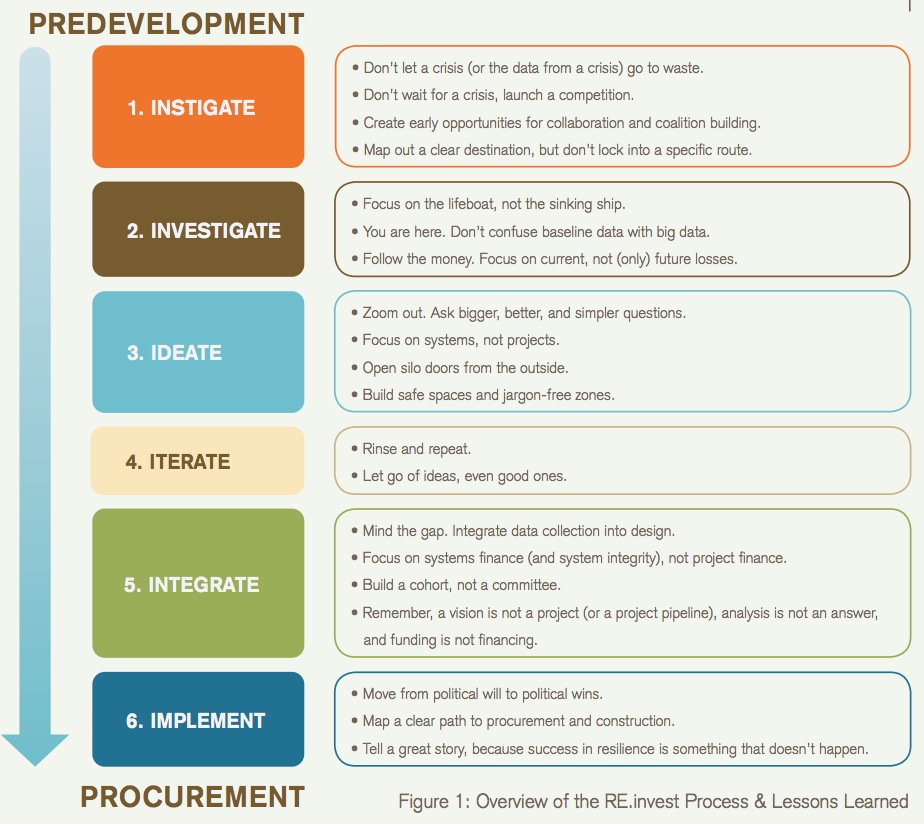












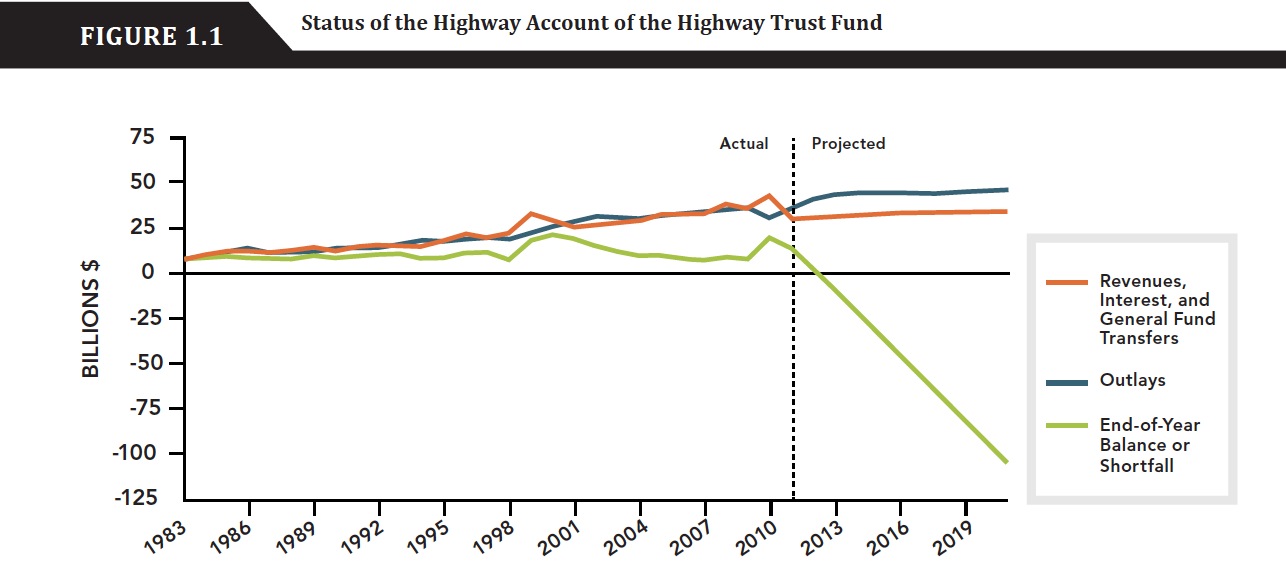
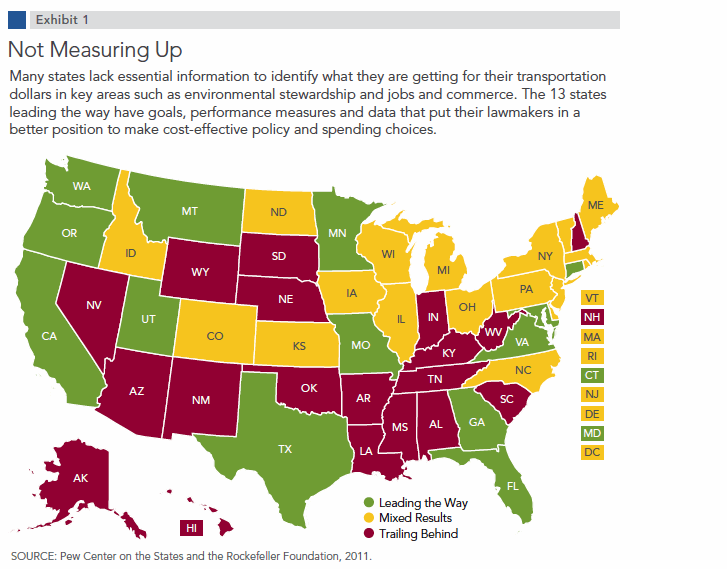
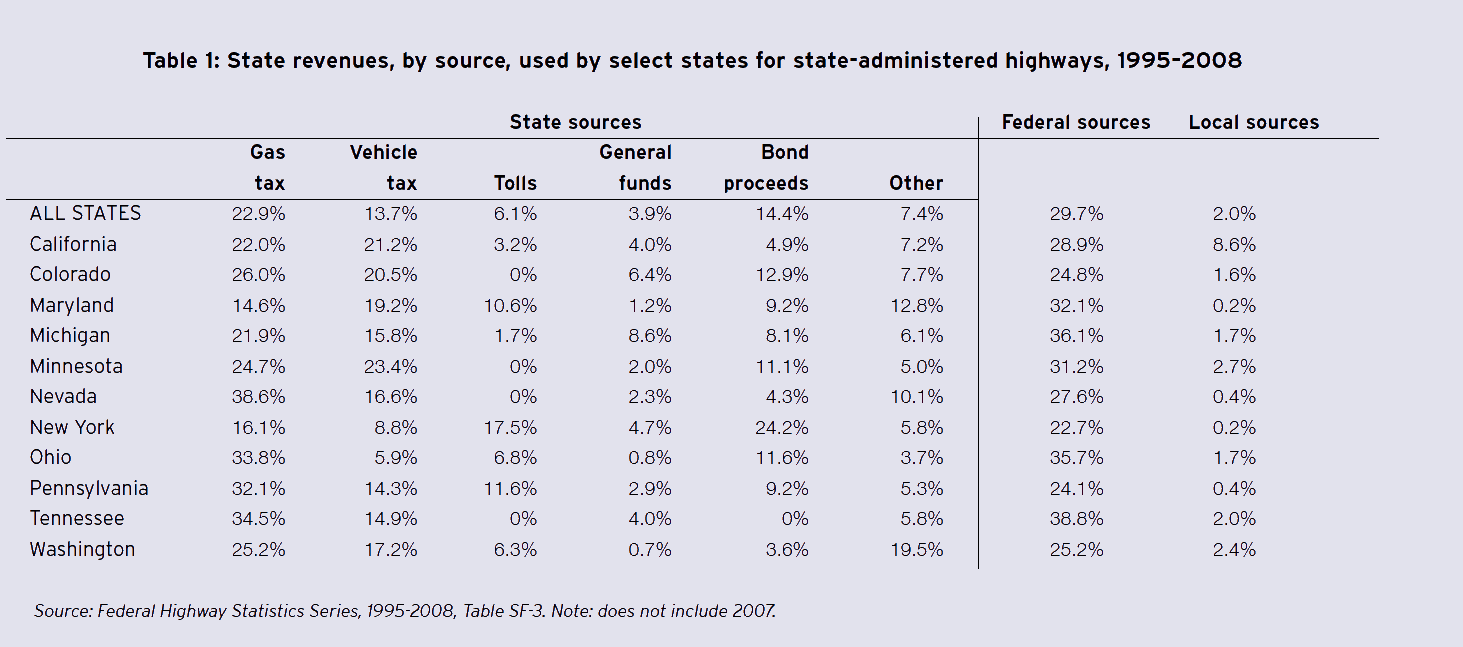
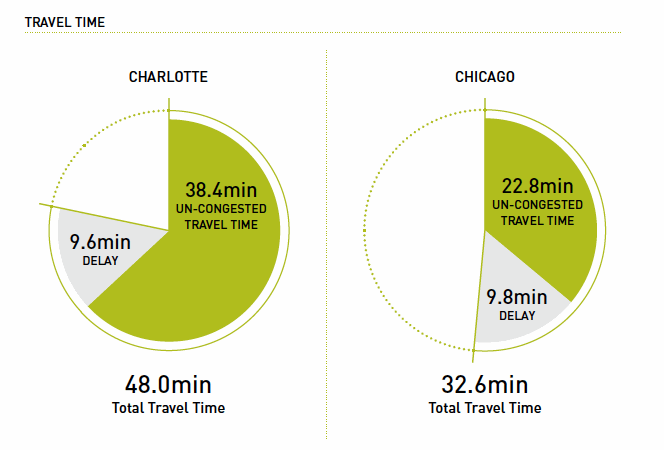

 RSS Feed
RSS Feed